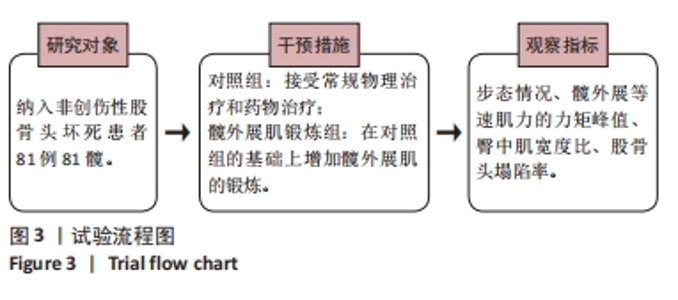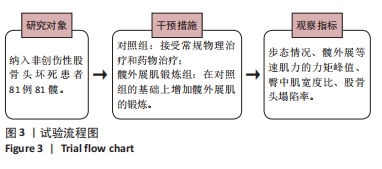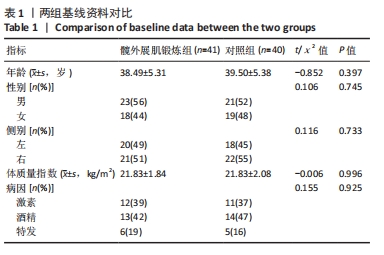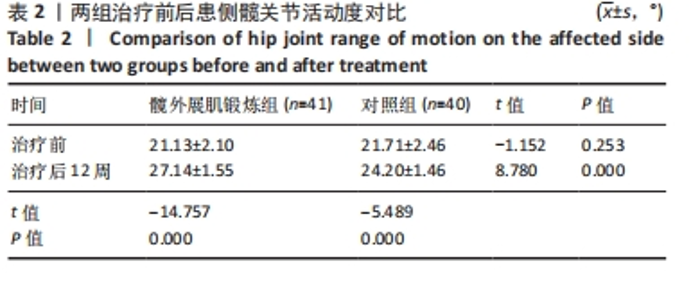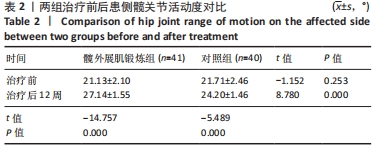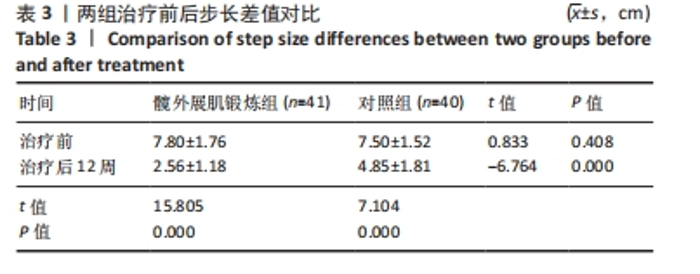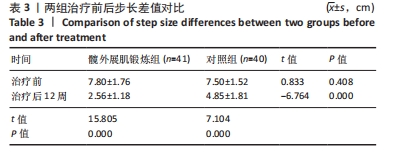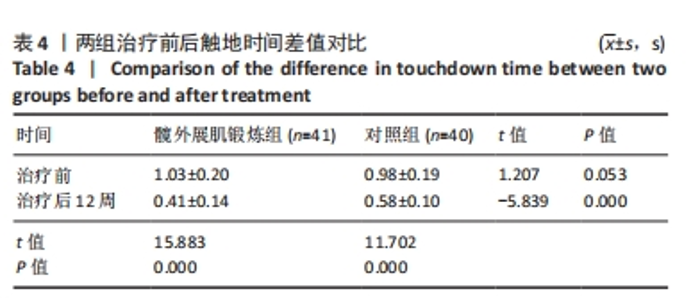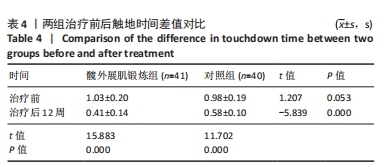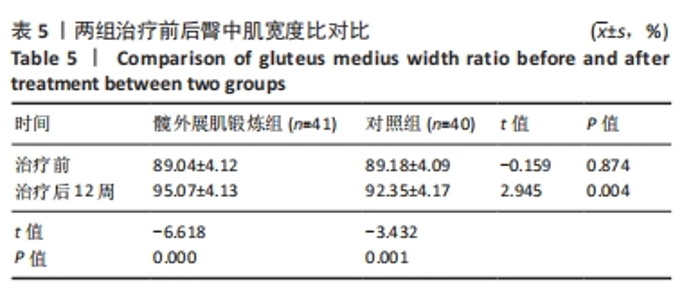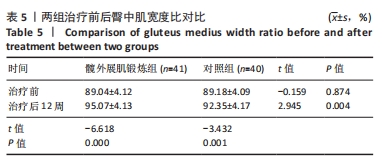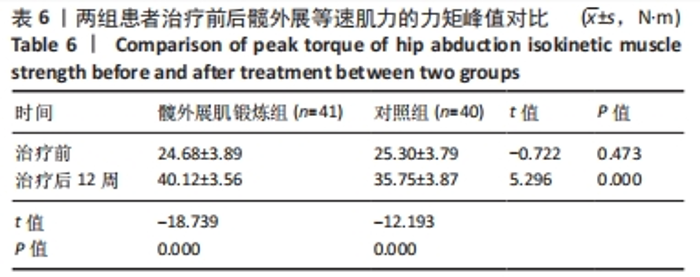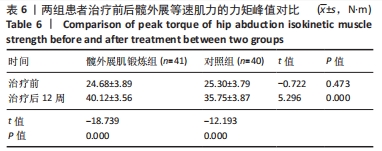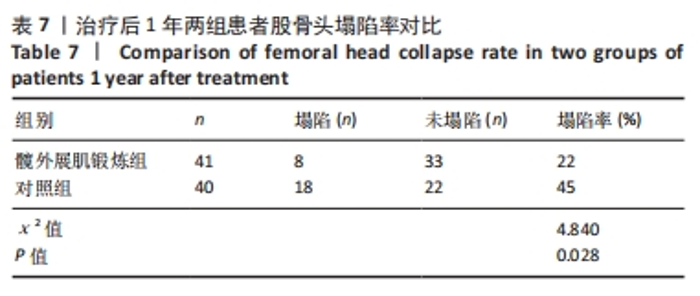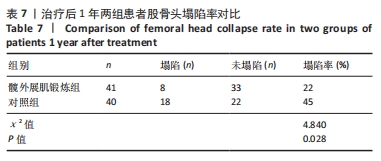[1] WU CT, KUO FC, YEN SH, et al. Impaction Bone Grafting Augmented With a Wire Coil by the Lightbulb Technique for Osteonecrosis of the Femoral Head. J Arthroplasty. 2022;37(10):2063-2070.
[2] LI Z, SHAO W, LV X, et al. Advances in experimental models of osteonecrosis of the femoral head. J Orthop Translat. 2023;39:88-99.
[3] TAKASHIMA K, IWASA M, ANDO W, et al. MRI screening for osteonecrosis of the femoral head after COVID-19. Mod Rheumatol. 2023:road095.
[4] IM GI. Regenerative medicine for osteonecrosis of the femoral head : present and future. Bone Joint Res. 2023;12(1):5-8.
[5] BIAN Y, HU T, LV Z, et al. Bone tissue engineering for treating osteonecrosis of the femoral head. Exploration (Beijing). 2023;3(2): 20210105.
[6] NOZAKI H, HONMA M, TANINO H, et al. Characteristics of osteonecrosis of the femoral head complicated by psoriasis. J Dermatol. 2024;51(2): e42-e43.
[7] SODHI N, ACUNA A, ETCHESON J, et al. Management of osteonecrosis of the femoral head. Bone Joint J. 2020;102-B(7_Supple_B):122-128.
[8] MA M, TAN Z, LI W, et al. Infographic: Osteoimmunology mechanism of osteonecrosis of the femoral head. Bone Joint Res. 2022;11(1):29-31.
[9] ZHAO D, MA Z. Application of biomaterials for the repair and treatment of osteonecrosis of the femoral head. Regen Biomater. 2020;7(1):1-8.
[10] 王均玉. 基于经筋理论探讨股骨头坏死的治疗思路[J]. 陕西中医, 2021,42(3):356-359.
[11] 杨鹏. “筋骨并重”理论指导下髋关节肌骨联合仿真及股骨头坏死模块化建模[D]. 广州:广州中医药大学,2021.
[12] 郭海. 基于“筋骨并重”理论探讨髋外展肌对C1型股骨头坏死保髋疗效分析[D]. 广州:广州中医药大学,2018.
[13] 王雅,翟华. 髋外展肌疲劳对不同性别人群姿势控制的影响[J]. 医用生物力学,2021,36(S1):471.
[14] 袁颖嘉,江禹来,李津,等. 有限元分析臀中肌宽度比在非创伤性股骨头坏死病程进展中的作用机制[J]. 中国组织工程研究,2023, 33(33):5276-5282.
[15] 中国医师协会骨科医师分会骨循环与骨坏死专业委员会,中华医学会骨科分会骨显微修复学组,国际骨循环学会中国区. 中国成人股骨头坏死临床诊疗指南(2020)[J].中华骨科杂志,2020,40(20): 1365-1376.
[16] 戴洁, THOMAS D. 髋外展肌肌力训练治疗膝关节骨性关节炎[J]. 中国康复,2023,38(2):98.
[17] 王雅,朱婷,林金鹏,等. 髋外展肌疲劳对不同性别人群单腿侧跳落地时神经肌肉控制的影响[J]. 医用生物力学,2022,37(3):531-537.
[18] 徐海波. 髋外展肌强化训练对膝关节置换术后患者平衡功能及Barthel指数的影响[J]. 医学理论与实践,2023,36(3):517-520.
[19] TANI A, MIZUTANI S, KISHIMOTO H, et al. The Impact of Nutrition and Oral Function Exercise on among Community-Dwelling Older People. Nutrients. 2023;15(7):1607.
[20] 王庆杰, 吴雨涵. 踝关节肌力和平衡角度观察PNF下肢模式和踝关节NJF技术干预效果[C]. 天津:2023.
[21] 李禹辛, 郭英杰, 程杨. 运动疗法对男大学生髌腱腱围炎康复治疗效果研究[C]. 日照:2022.
[22] SKOCZYNSKI S, KUDELA G, BROZEK G, et al. Pulmonary function, exercise capacity and dyspnea in patients 7 years after Nuss surgery. Adv Med Sci. 2022;67(1):179-186.
[23] 张萍,吉文彬,唐天然,等. 髋关节外展肌训练对全膝关节置换术后下肢肌力和步行功能的影响[J]. 中国康复医学杂志,2023,38(11): 1528-1534.
[24] SAKI F, TAHAYORI B, BAKHTIARI KS. Female athletes with ligament dominance exhibiting altered hip and ankle muscle co-contraction patterns compared to healthy individuals during single-leg landing. Gait Posture. 2022;93:225-229.
[25] FLACK NA, NICHOLSON HD, WOODLEY SJ. The anatomy of the hip abductor muscles. Clin Anat. 2014;27(2):241-253.
[26] ABD-ELTAWAB AE, AMEER MA, ELADL MA, et al. Sexual Dimorphism Impact on the Ground Reaction Force Acting on the Mediolateral Direction During Level Walking: Hip Abductor Muscle Biomechanics and Its Correlation to GRF Moment Arm. Front Bioeng Biotechnol. 2022;10:863194.
[27] 唐立明,葛辉,庞智晖,等. 同种异体腓骨移植术治疗股骨头坏死的临床与计算生物力学研究[J]. 中华关节外科杂志(电子版), 2016,10(2):169-176.
[28] BUCKTHORPE M, STRIDE M, VILLA FD. Assessing and treating gluteus maximus weakness - a clinical commentary. Int J Sports Phys Ther. 2019;14(4):655-669.
[29] 陈海诚,陈腾宇,陈国铭,等. 腰腹与髋周肌群差异训练对股骨头坏死保髋的影响[J]. 中华关节外科杂志(电子版),2021,15(3):267-276.
|
